The most critical element in choosing a tool for self-development is to assess what outcome you are trying to achieve. We are regularly asked about the different types of profiling, assessments and other development tools available in sport (and business), and how they compare to our own use of the DISC Assessment. In this article we compare Clifton StrengthsFinder and DISC in terms of history, models, validity, reliability, self-awareness and Coaching Leadership Development.
There is quite a lot of contradictory and confusing information out there. Our aim is to answer your questions to ensure you are well informed about the different types of profiling, their advantages and disadvantages, and why they may or may not work in the context of your team or business.
I am a believer that the use of most of the well-known personality, emotional intelligence, brain dominance or strengths assessment tools are of great value in aiding self-awareness. This article will briefly describe the difference between DISC, which is globally the most recognized behavioral tool in use today (and also the most valid and reliable), and the newly developed StrengthsFinder tool.
The Clifton StrengthsFinder measures your ‘top of mind’ thought processes which Gallup calls talents or strengths themes. The StrengthsFinder model essentially is based on learning what you are good at (things you do in your role that create your best results) and doing these things more often. StrengthsFinder uses a survey to identify what these strengths are and a report is produced. Your report will either identify your 5 key strengths, or prioritize the 34 strengths depending on how much money you are willing to spend. As the site states,
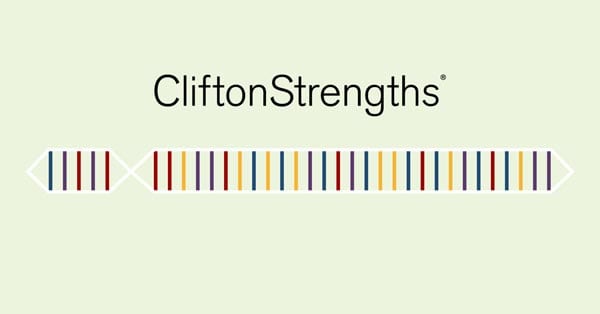
“Gallup research proves that people succeed when they focus on what they do best. When they identify their talents and develop them into strengths, people are more productive, perform better, and are more engaged. Gallup’s Clifton StrengthsFinder assessment is the first step in helping people identify their talents. Clifton StrengthsFinder results give people a way to discuss and develop their unique combination of skills, talents, and knowledge — also known as strengths.”
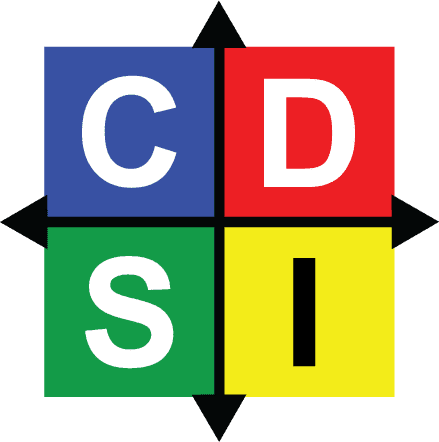 DISC is a model used to develop self-awareness, provide a framework to understand others, improve communication skills and build strong, effective relationships. Its applications range from improving team effectiveness and interpersonal relationships, to leadership development, to recruitment and professional development plans.
DISC is a model used to develop self-awareness, provide a framework to understand others, improve communication skills and build strong, effective relationships. Its applications range from improving team effectiveness and interpersonal relationships, to leadership development, to recruitment and professional development plans.
DISC measures the degree of Dominance, Influence, Steadiness, and Conscientious behavior you exhibit, represented in a four quadrant model. DISC focuses on behavior, how someone prefers to act and what they do. Although personality plays a major role in how someone behaves, personality is more about who you are and behavior is about what you do and how you act. Importantly, someone can change how they behave but they can’t (under normal circumstances) change their personality. In essence, behavior is flexible, personality is not.
StrengthsFinder
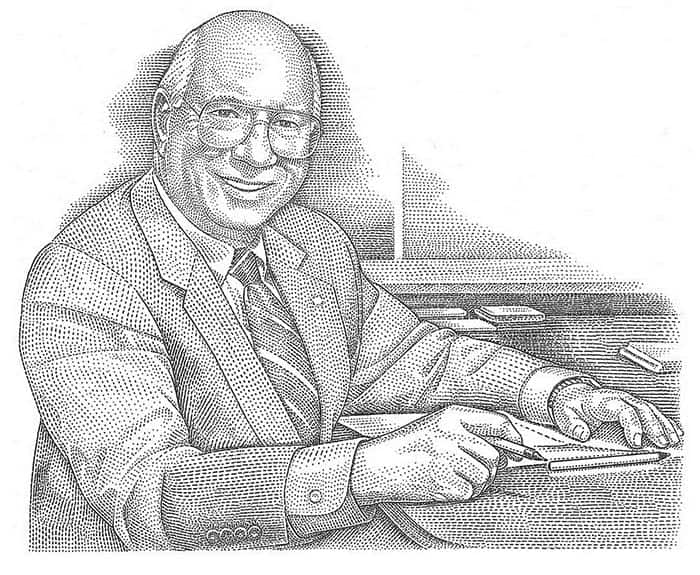 The Clifton StrenghtsFinder’s 34 strengths are based around what you like to do, what you’re best at, how you work most effectively. The idea of StrengthsFinder is to create your workday around doing these things.
The Clifton StrenghtsFinder’s 34 strengths are based around what you like to do, what you’re best at, how you work most effectively. The idea of StrengthsFinder is to create your workday around doing these things.
“In 1998, the Father of Strengths Psychology, Donald O. Clifton, Ph.D. (1924-2003), along with Tom Rath and a team of scientists at Gallup, created the online StrengthsFinder assessment. In 2004, the assessment’s name was formally changed to “Clifton StrengthsFinder” in honor of its chief designer. In 2007, building on the initial assessment and language from StrengthsFinder 1.0, Rath and Gallup scientists released a new edition of the assessment, program, and website, dubbed “StrengthsFinder 2.0.”
“Based on a 40-year study of human strengths, Gallup created a language of the 34 most common talents and developed the Clifton StrengthsFinder assessment to help people discover and describe these talents. In 2001, the initial version of this assessment was included with the bestselling management book Now, Discover Your Strengths.”
DISC
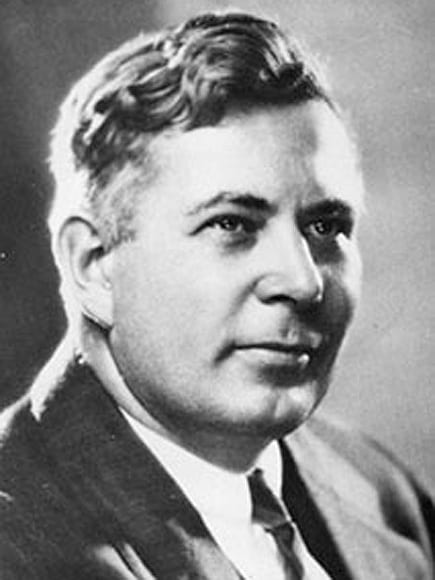 In the early 1920’s an American psychologist named William Moulton Marston developed a theory to explain people’s emotional responses. Until that time, work of this kind had been mainly confined to understanding the mentally ill or criminally insane. Marston wanted to extend these ideas to cover the behavior of what we know as “normal” individuals. In order to test his theories, Marston developed his own technique to measure four important factors (a four quadrant behavioral model). The factors he studied were Dominance, Influence, Steadiness and Compliance, from which the theory takes its name – DISC. Marston discovered that people do things for various reasons and are motivated by their reasons, not ours, and recognized that one individual could possess many traits, to more or less of a degree.
In the early 1920’s an American psychologist named William Moulton Marston developed a theory to explain people’s emotional responses. Until that time, work of this kind had been mainly confined to understanding the mentally ill or criminally insane. Marston wanted to extend these ideas to cover the behavior of what we know as “normal” individuals. In order to test his theories, Marston developed his own technique to measure four important factors (a four quadrant behavioral model). The factors he studied were Dominance, Influence, Steadiness and Compliance, from which the theory takes its name – DISC. Marston discovered that people do things for various reasons and are motivated by their reasons, not ours, and recognized that one individual could possess many traits, to more or less of a degree.
In 1928, Marston published his findings in a book entitled “The Emotions of Normal People”, which included a description of the system he had developed. It was the first time the four styles were identified as dynamic and situational which means the styles people displayed could change depending upon environmental factors and differing situations.
The DISC model has continued to be researched and today is recognized as the most valid and reliable behavioral profiling tool to develop self-awareness. More than 50 million people worldwide from all differing contexts such as corporate leaders, industry professionals, managers, sales people, teachers, coaches and athletes have used DISC to improve their understanding of themselves and their behaviors. In other articles, we go into further detail about DISC History and Methodology.
DISC
DISC measures the degree of Dominance, Influence, Steadiness, and Conscientious behavior, represented in a four quadrant model. The four-quadrant model explains the behavior of people with high degrees of D, I, S and C. For example, someone with a high level of Dominance, is direct and faster-paced (x-axis); guarded and goal-focused (y-axis). In contrast, someone who has a high Steadiness, is indirect and slower-paced (x-axis); open and relationship orientated (y-axis).
The best DISC profiles have key features like graphical representations of the behavior, 360 degree feedback capabilities and show both natural and adapted behaviors.
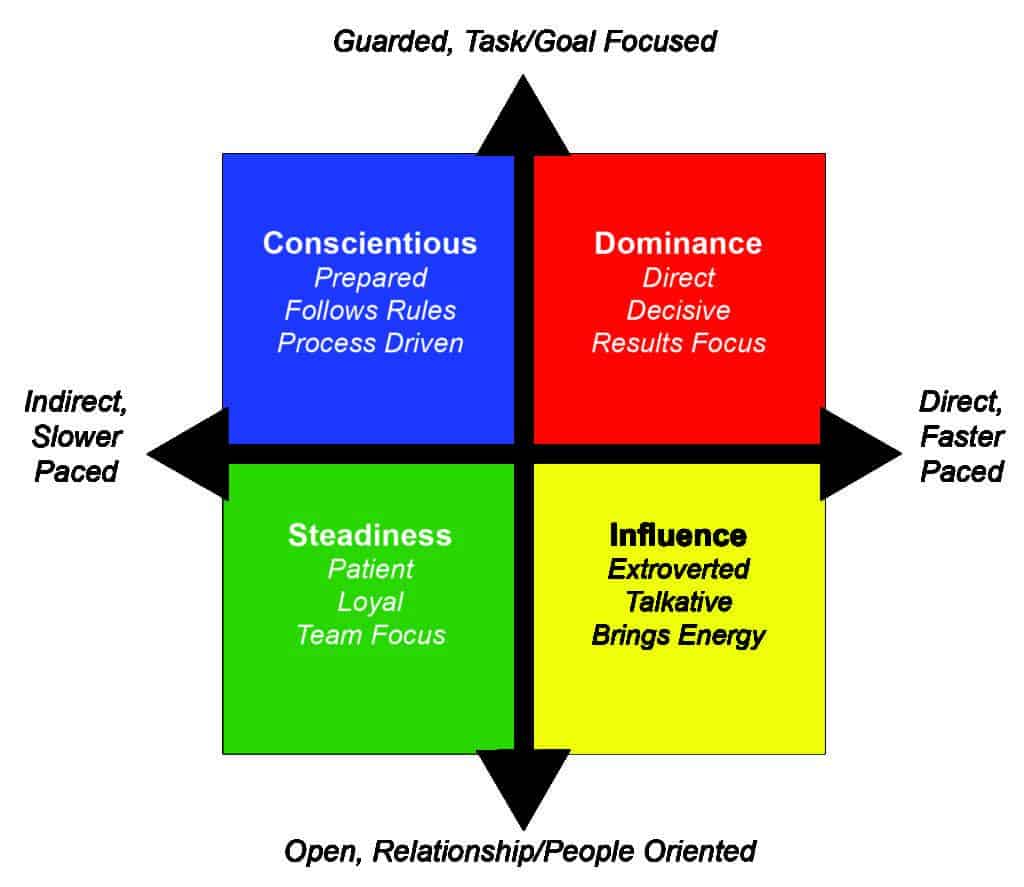
Natural vs Adapted DISC Behavioral Style
We may behave a certain way when in a professional setting compared to how we act when relaxing with friends. It may not be in someone’s “personality” to be a loud communicator, but you can coach someone to behave this way when on the field (although there is an energy cost). Afterwards they can “switch it off”.
Natural DISC Behavioral Style
Your perception of the ‘real you’, what is instinctive (your default). It describes the behaviors you are most likely to exhibit when in situations you find stressful or where you can completely be yourself.
Adapted DISC Behavioral Style
The perception of how you believe you should behave in the context of your current sporting environment. This behavior may change in different environments, situations and roles. For example, it makes sense that the behavior required to be successful as a coach, could be vastly different to the behaviors required to be a contributing member of your family.
STRENGTHSFINDER
The Clifton StrenghtsFinder has 34 different strengths that are to a greater or lesser extent, at the top of your mind.
“The Clifton StrengthsFinder™ measures the presence of 34 talent themes. Talents are people’s naturally recurring patterns of thought, feeling, or behavior that can be productively applied. The more dominant a theme is in a person, the greater the theme’s impact on that person’s behavior and performance“.
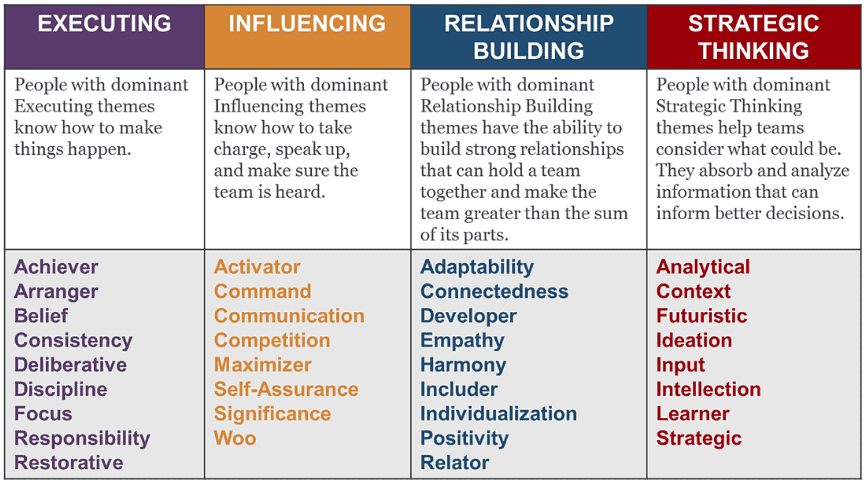
Both tools are great for developing self-awareness. Clifton StrengthsFinder focuses on your dominant strengths, something that is vital to know. However unless you purchase the full 34 themes, and look to the very bottom of the list, you may be struggling to discover what strengths are not ‘top of mind’ – or the areas you may need to be aware of for improvement.
Alternatively, there is no right or wrong, best or worst DISC Profile. We have profiled many of the world’s best and see no pattern for who is more or less successful based on their DISC style. Your aim is never to ‘improve’ your DISC Profile. Instead, the focus is on developing self-awareness, knowing what works for you and what doesn’t, and ultimately increasing the choices of behavior to what is most effective to the situation and those you work with. This is key to high performance and leadership.
With tools for developing self-awareness, the presence of blind spots must also be accounted for in the assessments. Although you may answer the survey’s questions honestly, and see your behavior a certain way, you may also have some blind spots– areas where you think you are behaving a certain way, but others in your direct environment might see your behavior differently. This is where the best assessments have fail safes in the survey to ensure you are answering consistently, and provide complementary 360 degree feedback options. This allows peers and colleagues to submit anonymous feedback on your behavior in your role.
Both assessments increase self-awareness, but whether your knowledge of yourself will then provide you with a framework (or a language) to understand others is a different matter. The 34 distinct strengths of the Clifton StrengthsFinder is somewhat convoluted as a model to understand others. Unless you commit to spending significant time learning the 34 different strengths, and being able to recognize these strengths in those around you, it can be difficult to use the StrengthsFinder to understand and improve your relationships with others.
At its core, DISC is a simple four-quadrant model. This is critical in sport as it allows coaches and athletes to quickly understand, remember and use. Yet, you can also delve much deeper into its theory and application to truly master this area of expertise.
Coaching & Leadership Development
In essence, I agree with what the StrengthsFinder model hopes to achieve. We also espouse the theory of how working to your strengths delivers improved outcomes, most of the time. However, if you want to develop awareness of coaching styles, then this is where using DISC is most useful because of the nature of coaching.
Coaching is a role which is not narrowly defined in its job functions and subsequent tasks. For example, a Coach has to organize training programs and logistics, counsel athletes on problems beyond sport, listen intently, drive energy levels during a tough practice, and give crystal clear directions at half time or when there is 30 seconds left on the clock in a basketball game.
In short, Coaches need strengths in lots of different areas. That is what ultimately makes coaching hard. The same concept has been explored in leadership for more than 50 years, through models such as the Blanchard Situational Leadership Model. Every leader has strengths in their preferred style of leadership but ultimately, their greatest strength is to be able to successfully adapt to the situation or the needs of the athletes they are leading. As a coach, we hope to help athletes have a great experience in sport and develop to become better athletes. This means that sometimes we need to be able to adapt ourselves to better communicate what is required in a way the athlete can best relate to.
DISC identifies a Coach’s preferred style of coaching and helps them understand where they need to adapt their style to better suit the situation they are confronted by. A Coach’s preferred style is their unique strength and this delivers great results only when this strength is required by the athlete and the situation. To overuse a strength makes it become a limitation.
We hope you found this article valuable. If you have any questions at all about how DISC compares to other assessments, don’t hesitate to Contact Us. I am trained and accredited in the use and administration of the Myers-Briggs Personality Type Indicator, DISC Profiling, Emotional Intelligence (Emotional Competence Inventory 360) and numerous other assessment and development tools.)
You may also enjoy our article on “MBTI vs DISC – Which “Four Letter Word” is More Useful in Sport” or more on DISC Theory and Application.
At Athlete Assessments, we’re here to provide you with excellence in service and to help you be your best. If there is anything we can assist you with, please Contact Us.




